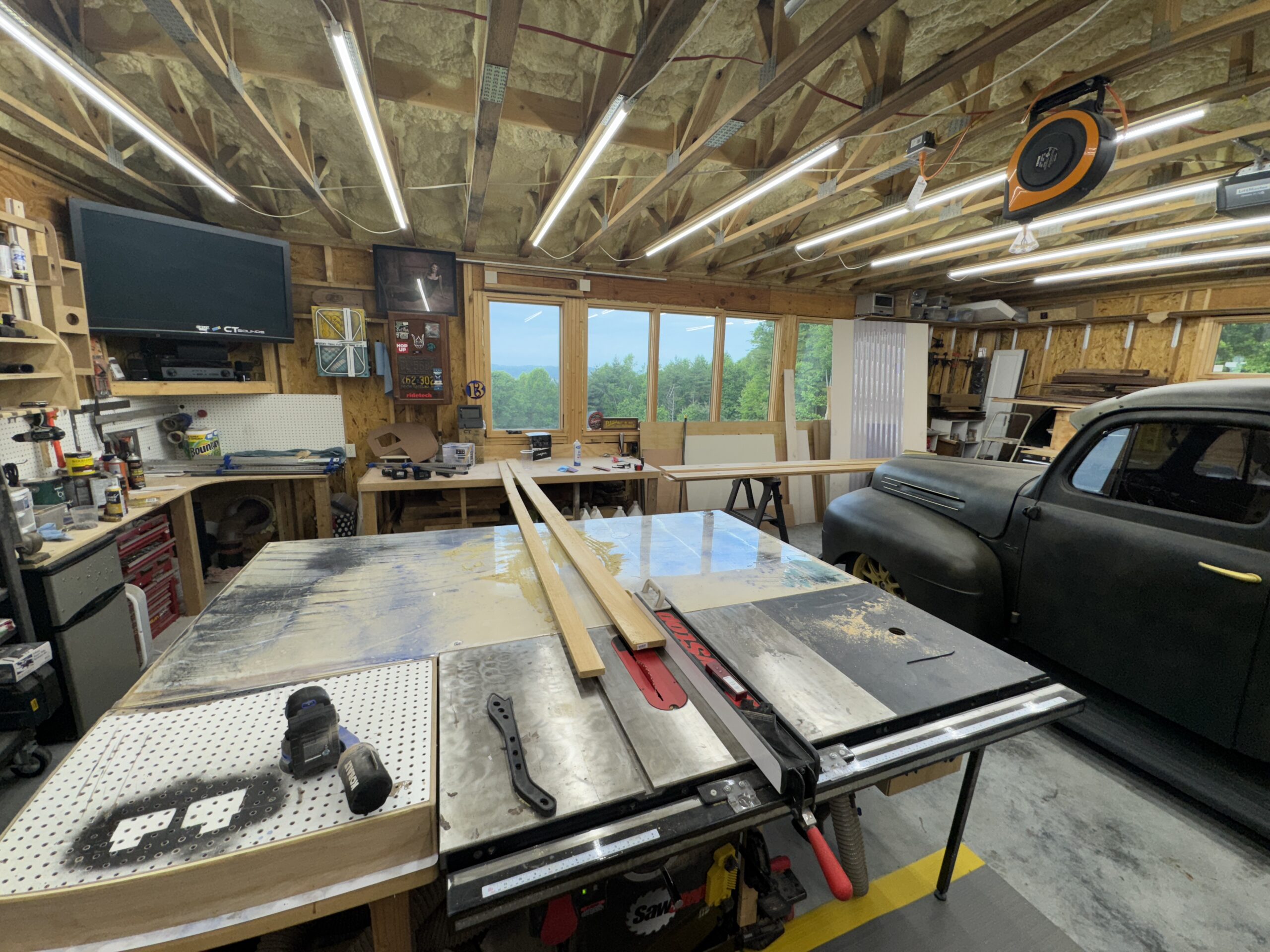In 1903, Henry Ford wasn’t a household name.
He wasn’t even a “successful entrepreneur” yet.
He was just another name in a long list of automobile dreamers — big vision, small bank account, and plenty of skeptics.
Investors were passing on his ideas left and right. The automobile industry already had its frontrunners, and few saw the need for yet another car company.
Then, Ford landed a meeting with Alexander Malcomson, a Detroit coal dealer with money, influence, and the power to open doors.
Here’s the key part: Ford didn’t send blueprints in the mail. He didn’t pitch over the phone. He met in person, walked Malcomson through the vision, and took him for a drive in his latest prototype.
That face-to-face meeting secured Malcomson’s investment, which led directly to the creation of the Ford Motor Company.
Within five years, Ford was selling thousands of Model Ts, dominating the automobile market, and producing the modern equivalent of $175 million in annual revenue.
Why this matters more today than it did in 1903
Back then, meeting in person was the default. Today, it’s the competitive edge.
When your competitors are hiding behind email threads, Zoom calls, and social media DMs, you have the opportunity to walk into the room and make an impression that’s impossible to delete.
And the data backs it up:
- Harvard Business Review found that face-to-face requests are 34x more effective than email.
- MIT research shows we retain 6x more from in-person conversations than from digital exchanges.
- Salesforce reports 78% of buyers are more likely to purchase after an in-person meeting — even if the alternative is cheaper.
A modern-day example
I recently worked with an entrepreneur who swore they had a “lead generation problem.”
After reviewing their pipeline, I spotted several warm opportunities they’d mentally written off.
I suggested one strategic, face-to-face move.
Seven days later, they closed a six-figure deal from a prospect they thought was long gone.
That wasn’t luck — it was the power of being in the room.
Bottom Line?: If you’re building a business in 2025, you’re leaving money on the table if you rely solely on digital communication.
The entrepreneurs who are willing to get on a plane, meet for coffee, shake a hand, and look someone in the eye are the ones closing the deals that others never even know existed.
Because sometimes, the fastest path to growth isn’t another ad campaign… it’s the right meeting with the right person at the right time.
What about you? When was the last time you closed a deal because you were willing to show up in person? Drop your story in the comments — I’d love to hear it.
Always in your corner,
Rodric





